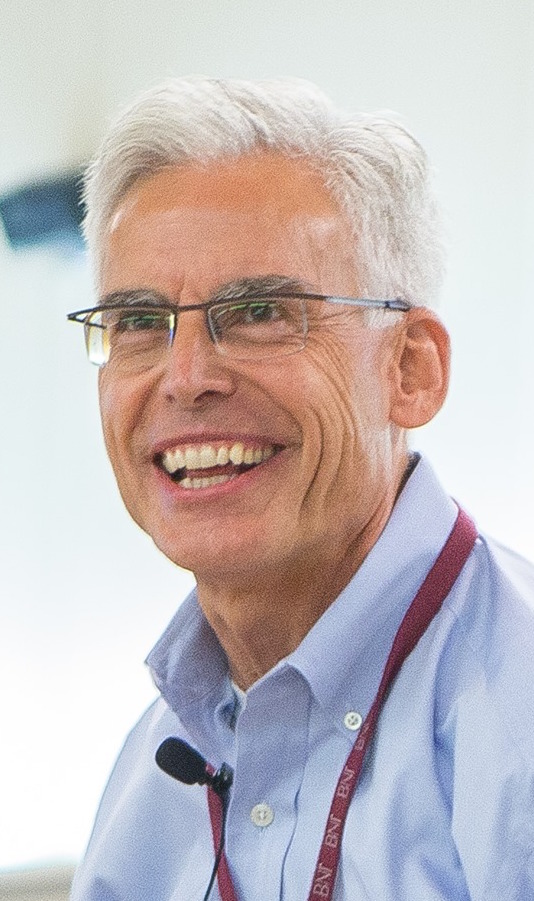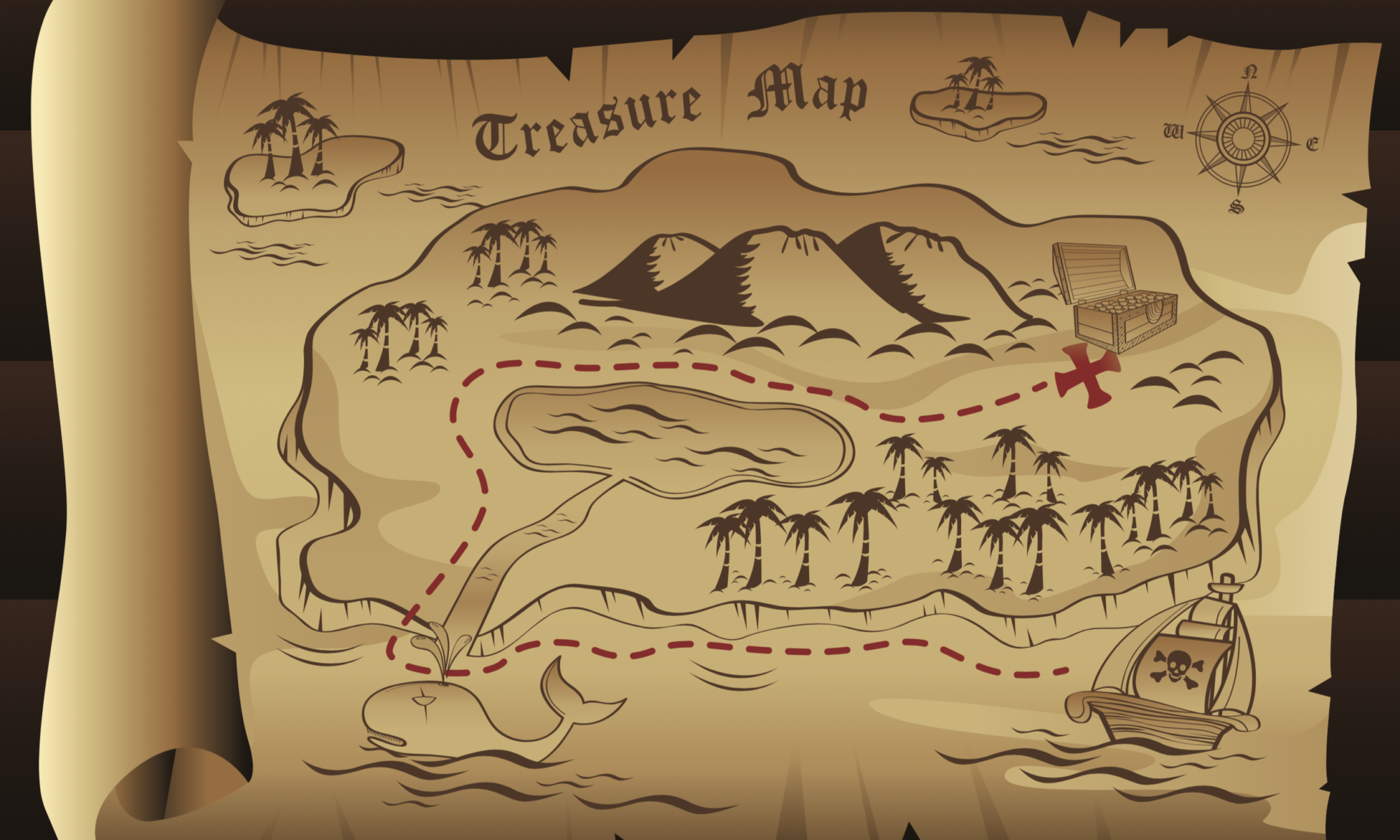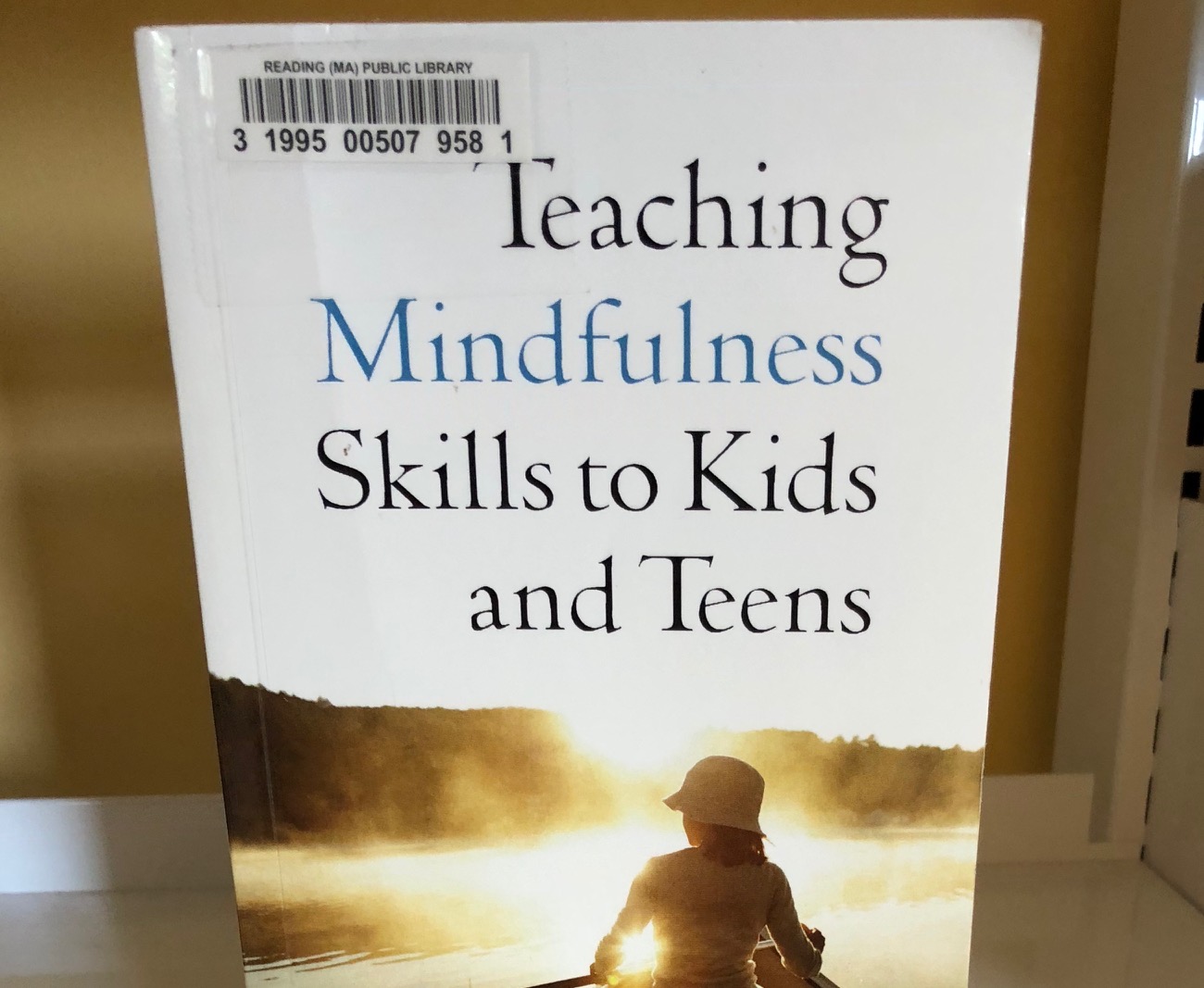It’s simple. It just requires CONSTANT practice. Like everything else, it eventually becomes habitual; ironically, the only habit without ill affects!!
The good news is the benefits are almost immediate and cumulative. 😉
Here it is:
We have two main energetic mental operating frequencies:
Our conscious mind – is our natural mental state. Whatever we’re aware of in any given moment is what’s reflected on this aspect of our mind. It’s our “thinking” mind; it does the decision-making, the heavy calculating, and judgmental, analytical work. It’s evidenced by the “voice in our head” (i.e., words).
Our sub-conscious mind – naturally runs below our conscious mind’s radar. This part of us runs the ship; it’s our “doer”; it’s responsible for walking, talking, breathing and other bodily systems: anything we don’t literally have to consciously process to do. It’s evidenced by intuition, images, and sensations.
Guess which one’s the troublemaker.
Being mindful in any moment is a matter of consciously deciding where to direct our attention.
String enough mindful moments together and our go-to state of mind becomes the one we chose!
With every breath we have a choice to either allow our attention to stay where it settles naturally (on whatever is on our conscious mind),
OR
We can direct our attention where we want: on the conscious noisy decision-maker when we need to, and on the silent executioner when we don’t.
How? When you begin consciously controlling your attention (i.e., “concentrating”, “meditating”, or generically, “being mindful”), the easiest way to redirect your attention from your otherwise noisy conscious mind, is to purposefully focus (concentrate) on whatever you’re sub-conscious mind is up to (e.g., what your body is doing right now).
Specifically, HOW?
What are you doing RIGHT NOW (I know you’re multi-tasking)? Maybe you’re eating ice cream. With the next obscenely delicious mouthful, I invite you to dial-in 100% of your attention to the sensations generated by doing just that: eating the ice cream!!
What flavor is it? What does it look, feel, smell and taste like? Are you making any noise as you enjoy it? ARE you enjoying it? Without judgement simply observe. Don’t ask the questions; rather, let the information come to you.
Sensations, memories, and our sense of being are the realm of our sub-conscious mind. This is the aspect that tastes the ice cream and remembers it!
Sitting down? Want to go deeper? What’s beneath our functioning sub-conscious mind?
Consciousness: the uninterrupted awareness OF our constantly streaming thoughts.
Without consciousness (perhaps gratefully) you could still read this post – you just wouldn’t be aware that you were – let alone of any thoughts, emotions and sensations triggered by it!!
Consciousness is responsible for ALL pleasure and pain – even though consciousness itself never changes. Personal opinion: there’d be no point without it.
Deeper?
Ask yourself – consciously consider – the nature of your own consciousness: the awareness OF your thoughts. And then ask yourself where THAT part of you comes from! Couple hints:
it NEVER changes;
yours is EXACTLY like mine;
you can readily verify it’s existence (e.g., you realize you’re still reading this!).
That’s the crux of Patanjali’s Raja Yoga: part of you (yogis maintain the most miraculous part) never changes.
Fall in love again – from the inside out. Meditate.
Happy trails. Make every breath count: the good, bad and ugly.
I’m here to help. Skip















